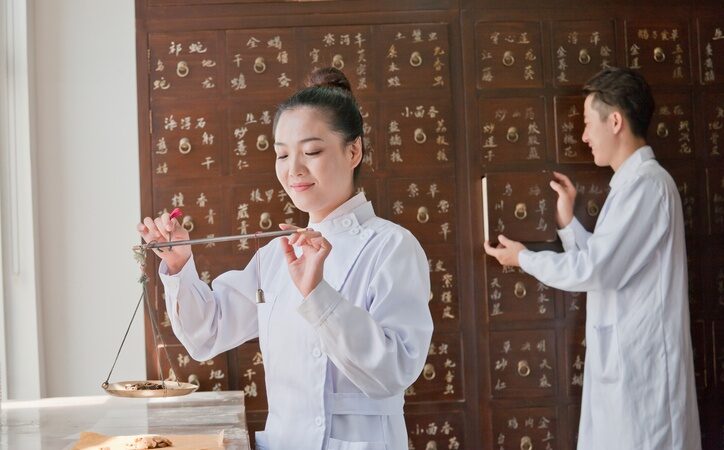Subscribe to our newsletter
Receive news and benefits on health and wellness.

SHA Magazine Be SHA
Traditional Chinese medicine is a medicinal branch that dates from 3000 years ago. It has a holistic vision of medicine, in which body, mind, energy and spirit are interwoven. In this sense, illness will be a consequence of an imbalance in the flux of the communication between those elements.
This medical system sustains itself on two basic principles: yin and yang, and the five elements.
– Yin-Yang: Yin is related to the lungs, the heart, the kidneys, the spleen and the liver. Yang is linked to the intestines, the bladder, the gull bladder and the stomach. In terms of energy, the former includes aspects such as cold, humidity and darkness, while the latter has its domains in the heat, the dryness and the light.
They are opposing forces that complement each other and they must be in balance. When this balance is broken, illness emerges.
– The five elements: the five main organs of our bodies are: the spleen (earth), the kidneys (water), the heart (fire), the lungs (metal), the last one being the liver (wood). The conception that traditional Chinese medicine has in this case is that, in the same way each element can strengthen or inhibit another (for instance, water puts out fire), an organ can potentiate or can hamper another one’s functions.
When the functions of an organ interfere with those of another, malady tends to appear. Again, the cause for your body not to work properly is a lack of energetic balance
In the Chinese tradition, they work with the so-called meridians. Meridians are channels through which the energy of the organs of your body circulates. To reestablish balance of the body they use different disciplines:
This is the most renowned and widely used Chinese technique. It is about inserting needles in specific areas. The principle that rules this practice says that if you stimulate certain points of the body, internal states can be modified, slowing down or boosting the body’s energetic flow. It is a mostly painless technique and you will feel immediate results.
It is based on the use of plants and it’s divided as follows:
-According to their nature: cold, hot, warm, cool or neutral.
-After their taste: sweet, hot, acidic, bitter, savory or insipid.
-By their direction: ascending or descending.
-In terms of their function: consolidating, dispersing, tonifying or purgative
In this sense, depending on the meridian they want to have an impact on, they mix different plants to treat the symptoms present.
Within this category you’ll find the practice of Tai Chi and of Qi Gong. Both aim to balance the ‘qi’ or vital energy that flows though the meridians by performing body movements with a calm mind and attitude. The only difference is that Tai Chi uses a chain of natural movements and Qi Gong is about static postures.
As you may have seen, Chinese medicine is based on natural principles to combat illness. Although western society may still regard it with mistrust, the truth is that it dates from thousands of years and it has proven to yield good results. Why don’t you try it out?
Receive news and benefits on health and wellness.
